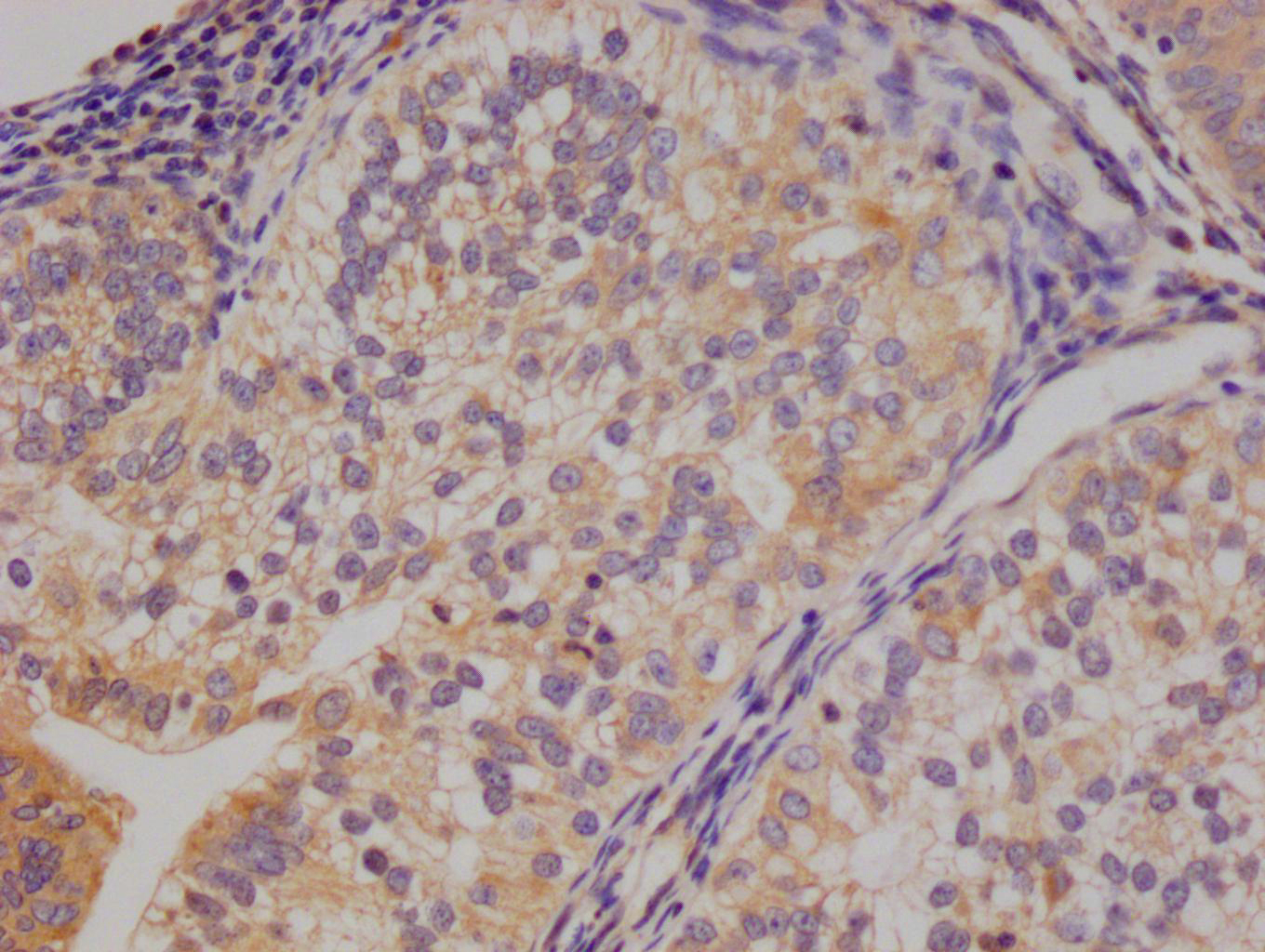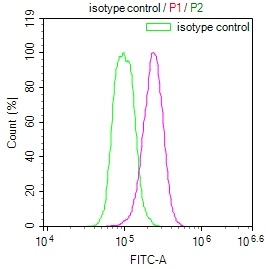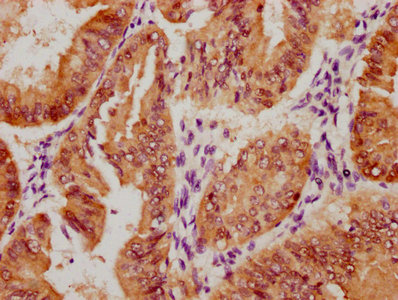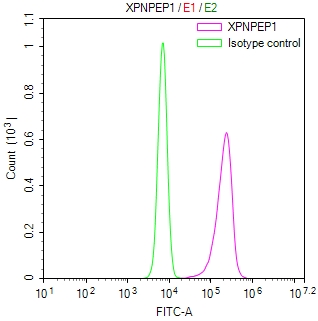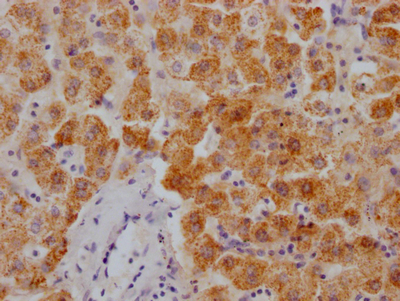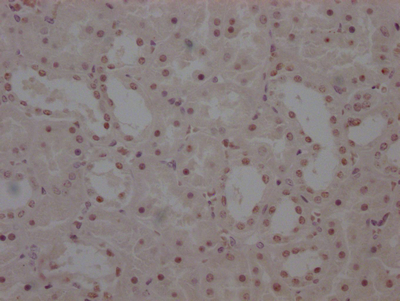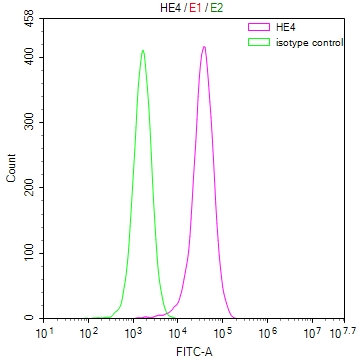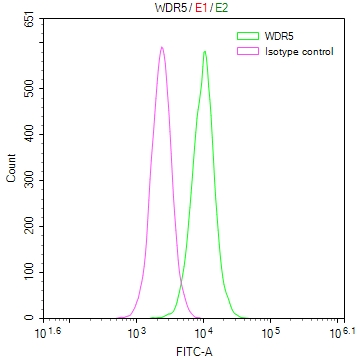-
中文名称:groES Antibody
-
货号:CSB-PA832069XA01FSG
-
规格:¥880
-
图片:
-
其他:
产品详情
-
产品名称:Rabbit anti-Mycobacterium tuberculosis (strain ATCC 25618 / H37Rv) groES Polyclonal antibody
-
Uniprot No.:
-
基因名:groES
-
别名:10 kDa chaperonin (10 kDa antigen) (BCG-A heat shock protein) (GroES protein) (Protein Cpn10) groS cpn10 groES mopB Rv3418c MTCY78.11
-
宿主:Rabbit
-
反应种属:Mycobacterium tuberculosis (strain ATCC 25618 / H37Rv)
-
免疫原:Recombinant Mycobacterium tuberculosis (strain ATCC 25618 / H37Rv) groES protein (2-100aa)
-
免疫原种属:Mycobacterium tuberculosis (strain ATCC 25618 / H37Rv)
-
标记方式:Non-conjugated
-
克隆类型:Polyclonal
-
抗体亚型:IgG
-
纯化方式:>95%, Protein G purified
-
浓度:It differs from different batches. Please contact us to confirm it.
-
保存缓冲液:Preservative: 0.03% Proclin 300
Constituents: 50% Glycerol, 0.01M PBS, pH 7.4 -
产品提供形式:Liquid
-
应用范围:ELISA, WB
-
推荐稀释比:
Application Recommended Dilution WB 1:500-1:5000 -
Protocols:
-
储存条件:Upon receipt, store at -20°C or -80°C. Avoid repeated freeze.
-
货期:Basically, we can dispatch the products out in 1-3 working days after receiving your orders. Delivery time maybe differs from different purchasing way or location, please kindly consult your local distributors for specific delivery time.
-
用途:For Research Use Only. Not for use in diagnostic or therapeutic procedures.
相关产品
靶点详情
-
功能:Together with the chaperonin GroEL, plays an essential role in assisting protein folding. The GroEL-GroES system forms a nano-cage that allows encapsulation of the non-native substrate proteins and provides a physical environment optimized to promote and accelerate protein folding. GroES binds to the apical surface of the GroEL ring, thereby capping the opening of the GroEL channel.
-
亚细胞定位:Cytoplasm.
-
蛋白家族:GroES chaperonin family
-
数据库链接:
KEGG: mtu:Rv3418c
STRING: 83332.Rv3418c
Most popular with customers
-
-
YWHAB Recombinant Monoclonal Antibody
Applications: ELISA, WB, IHC, IF, FC
Species Reactivity: Human, Mouse, Rat
-
Phospho-YAP1 (S127) Recombinant Monoclonal Antibody
Applications: ELISA, WB, IHC
Species Reactivity: Human
-
-
-
-
-



